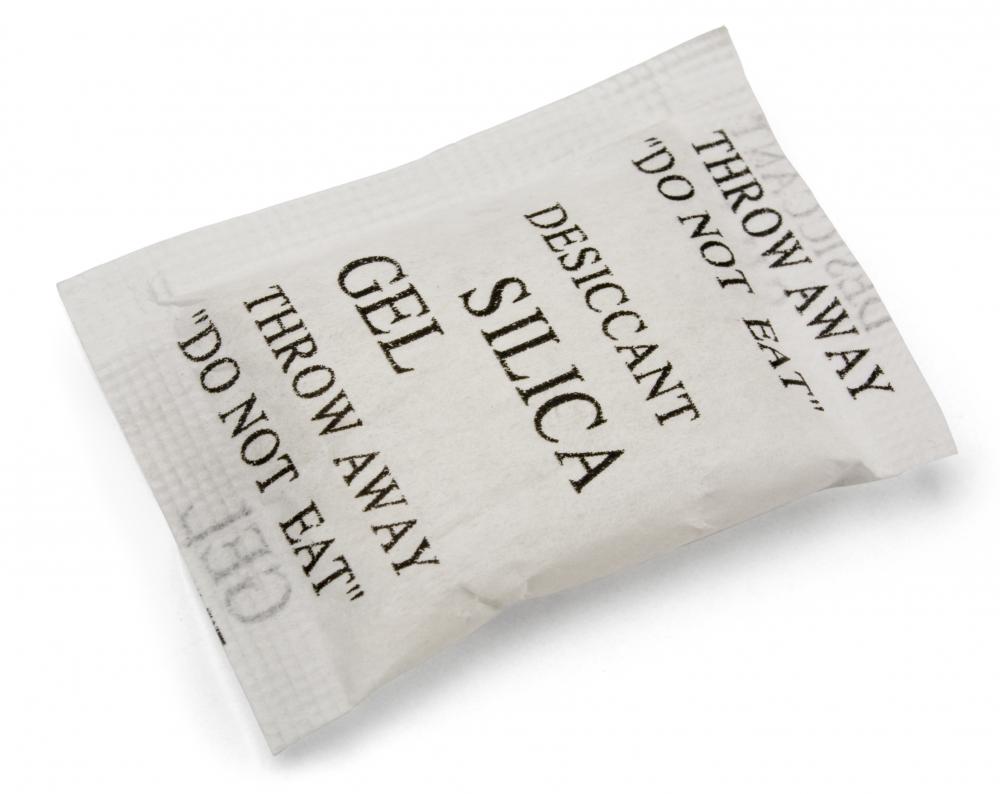At WiseGEEK, we're committed to delivering accurate, trustworthy information. Our expert-authored content is rigorously fact-checked and sourced from credible authorities. Discover how we uphold the highest standards in providing you with reliable knowledge.
How do I Control a Silverfish Infestation?
Controlling a silverfish infestation depends upon the type of silverfish that one needs to eliminate. Typically, the best approach is prevention, but that is not always possible. For the common silverfish, known as Lepisma saccharina, control and elimination starts with removing the conditions in which they thrive. These conditions include damp, cool and humid places such as basements, shower fixtures, and under rocks or concrete paving stones. Silverfish are generally slow-breeding insects, with true infestations taking years to set in.
Another insect, the firebrat, is often confused for a silverfish. Though the two look similar, firebrats are essentially the exact opposite of the silverfish. While the silverfish thrives in cool, damp and humid places, firebrats thrive in warm and dry conditions. If a homeowner sees something like a silverfish near a stove or a heater, chances are that it is actually a firebrat. Silverfish have thicker bodies, while firebrats have thin, wiry bodies with long, wispy antennae protruding from both the head and the tail. Silverfish have no antennae protruding from their tails.

Once a homeowner has confirmed the presence of silverfish, controlling an infestation begins with removing all sources of humidity from the house and surrounding property. Silverfish are slow-breeding but they are hardy. They can live without food for up to a year, meaning that a homeowner will have to be especially vigilant in controlling the infestation.

Make sure that basements and attics are ventilated to prevent the build-up of condensation, and install dehumidifiers or exhaust fans in bathrooms and near the kitchen sink. Mop up any pools of standing water, no matter how small, immediately. Silverfish can thrive without food, but require humid conditions and water to survive. Patch up any cracks in the plaster or drywall of the bathroom or basement to prevent silverfish from nesting in the walls. Silica gel should be placed in all cracks and crevices in damp areas, as this will eliminate nesting areas, though silica gel can be dangerous for homes with young children and pets.
The most common source of silverfish infestation is food. Silverfish eat dry cereals and anything with starch such as corn and cornmeal. They can also be carried in via paper products. Eliminating a silverfish infestation may require the removal of these items from the home.
Sometimes, silverfish grow and thrive in newly constructed homes where the plaster is still wet, providing the perfect breeding ground for the insect. If this is the vector of silverfish infestation, using dehumidifiers and ensuring proper ventilation is the most effective means for controlling the outbreak.
AS FEATURED ON:
AS FEATURED ON:












Discuss this Article
Post your comments